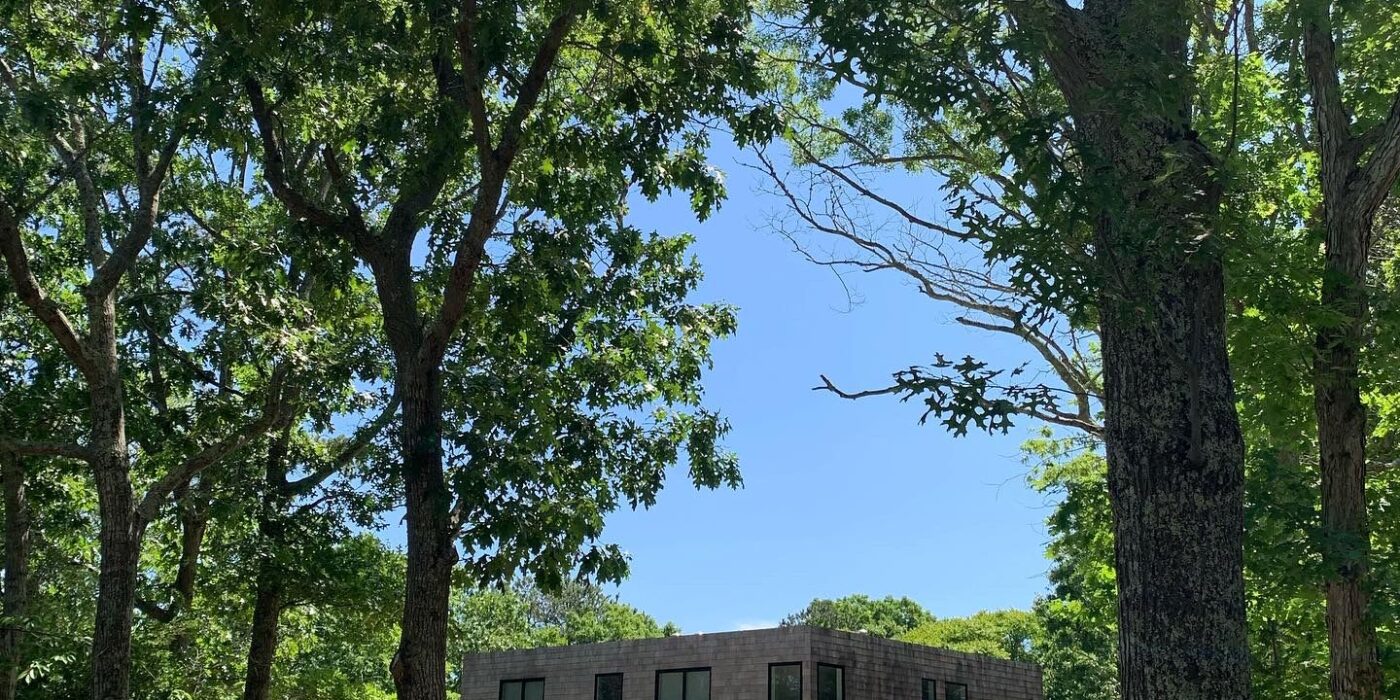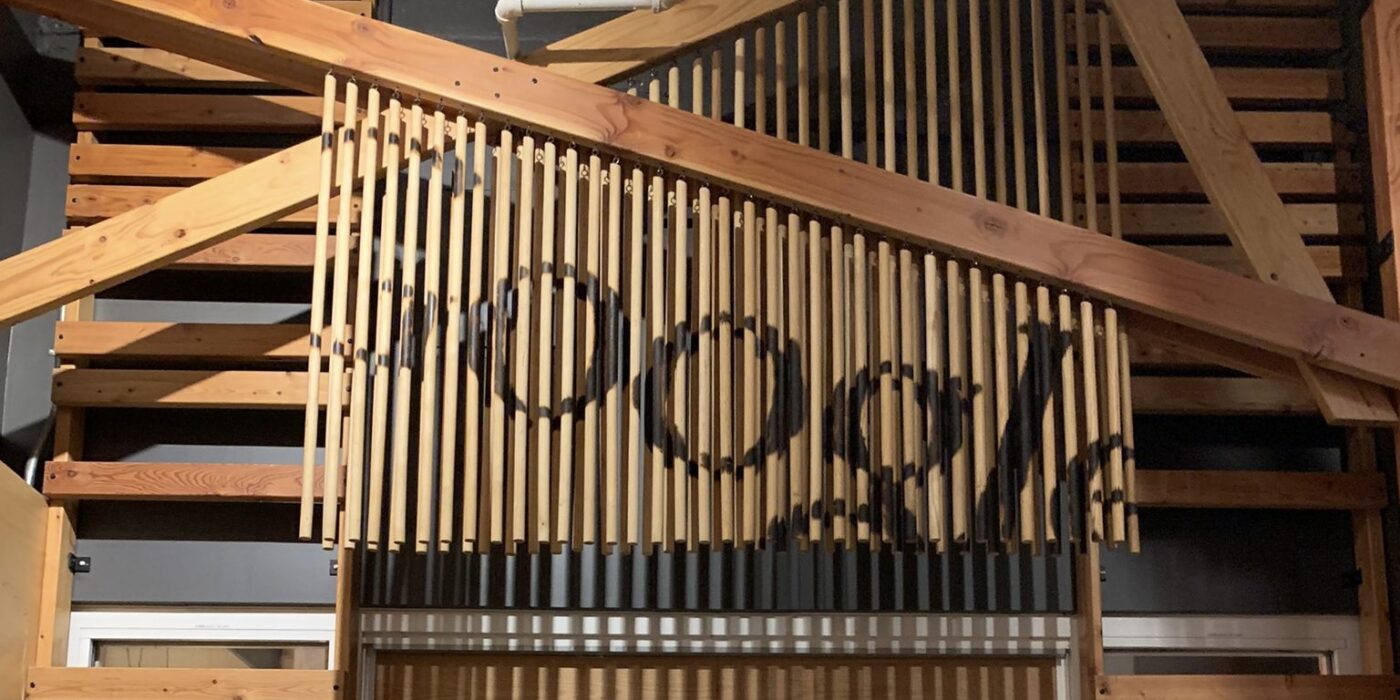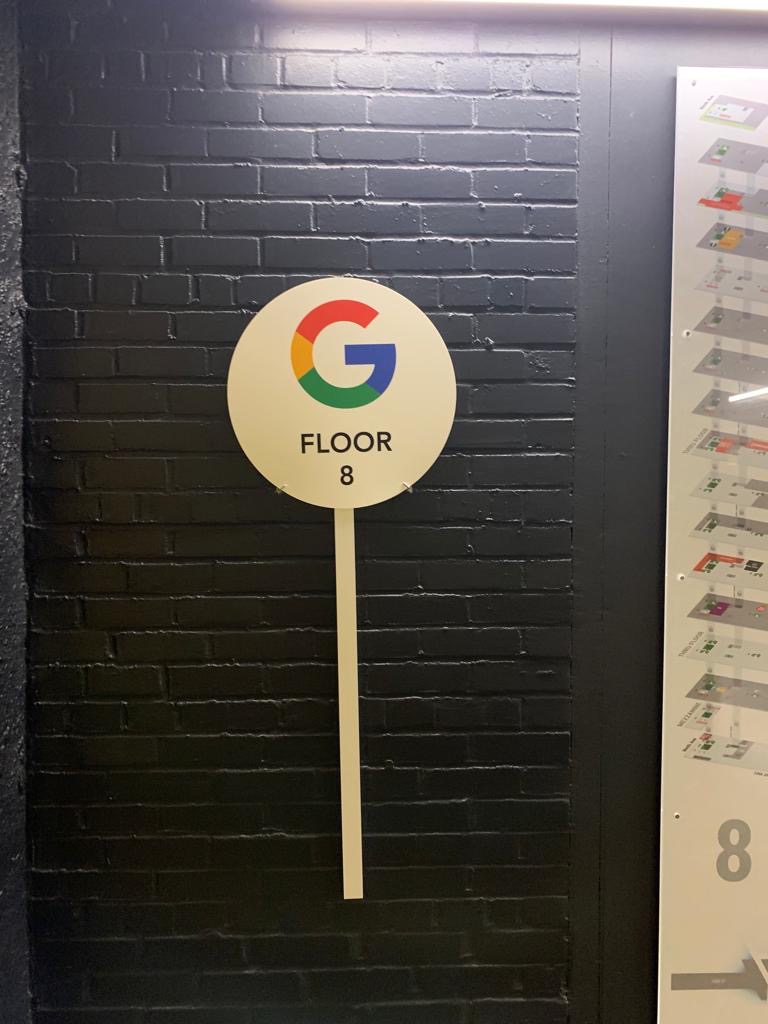A European Wellness Enclave Blooms in New York Harbor
In the heart of New York Harbor lies a European oasis that is set to expand its boundaries. Governors Island’s luxurious Italian day spa, QC NY, is unveiling an ambitious growth plan, with a new building, a restaurant, and an array of wellness offerings slated to open this July. Since its inception in March 2022, the $50 million retreat has captivated New Yorkers with its resort-level experience and distinctly foreign ethos. Nestled amid former Army barracks, QC NY has proven that a European-inspired sanctuary can thrive even in the midst of the city’s hustle and bustle, albeit at a premium price point of $98 for timed admission.
Now, over two years after its initial debut, QC NY is poised to unveil its transformation of a second structure, the 15,000-square-foot Building 112. This expansion will introduce a panoply of amenities, including “sensory saunas,” a salt room, an ice room, and a relaxation room adorned with water beds. Andrea Quadrio Curzio, CEO and founder of the QC Spa of Wonders brand, shared his vision with The New York Post, “We will have a breath room serving as a reminder to breathe, and a lavender room reminiscent of the lavender season in Provence or walking through the lavender field only steps away from us in Governors Island.”
The expansion will also feature Casa QC, a 142-seat, 5,000-square-foot restaurant offering a blend of soft and alcoholic beverages, as well as a variety of Italianesque fare, including artisanal gelato and aperitivo trays. A third facility, housed within another former Georgian Revival-style barrack, is slated for completion by spring 2025, bringing the spa’s total footprint on Governors Island to an impressive 100,000 square feet. Currently, QC NY offers guests access to an array of Vichy showers, saunas, infrared beds, more than a dozen relaxation rooms, massages (for an additional charge), and its most Instagrammable feature: year-round outdoor pools with sweeping views of lower Manhattan.
“The expansion is another step in transforming Governors Island into a wildly popular, year-round destination,” reads a release about the new building, noting that until QC NY’s arrival, the ferry only ran to the former Coast Guard base seasonally. The spa’s year-round operations have ushered in a new era for the island, “another change you can thank the Italians for.” In a city known for its relentless pace, QC NY’s European wellness enclave on Governors Island promises an oasis of tranquility and indulgence, catering to those seeking a luxurious escape without leaving the city limits.
Photo via QCNY











